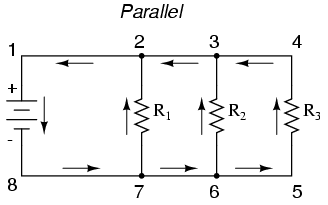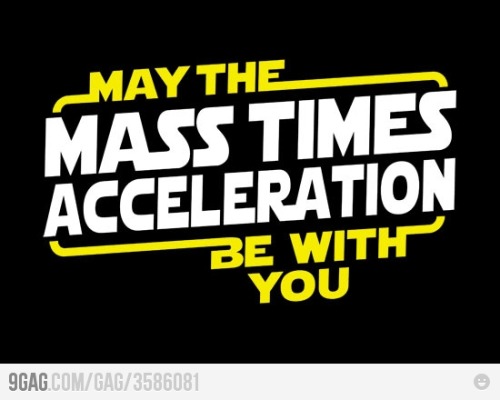In today's class we were introduced to the unit of Electricity. We used
textbooks to match terms with their definitions. From this, we established:
Elementary Charge- the
magnitude of the charge on a single proton or electron.
e=1.602x10
-19C, where C= 1
coulomb
Electric Circuit- A closed-loop
conducting path, consisting of a source of electrical energy, a conductor, and
a load, which utilizes the electrical energy.
Conductor- known to have
an electrical charge because it has excess or a deficiency of electrons. The charge
is distributed over the surface of the conductor because of the similar charges’
repulsion.
Electric Current- the rate
of which charges flow at- passing through a cross-sectional area in a
conductor. It is considered to be a flow of positive charges.
Ammeter- used to measure
the electric current in an electric circuit, and is connected in a series with
the circuit.
Schematic Diagram- a plan
or design which represents the components and their relationship to one another
by symbols
Direct Current- the
continuous flow of electrons in the same direction
Alternating Current- periodic reversal in
the direction of the flow of electrons
Fundamental Law of Electrical
Charges:
-opposite electric charges attract each other
-similar electric charges repel each other
-charged objects attract neutral objects
Conduction- is the process
in which a neutral object gains a charge through contact with a charged object
Induction- an electrically
charged object being used to create an electric charge on another object
without touching.
After learning about these concepts, Mr. Banow proceeded to show
demonstrations of
Electrostatics. He did
so by showing the transferring of charges between a balloon, wall, and sweater.
We ended the class with Mr. Banow experimenting with a Van de Graff Generator.
Next is Ryan
J


























